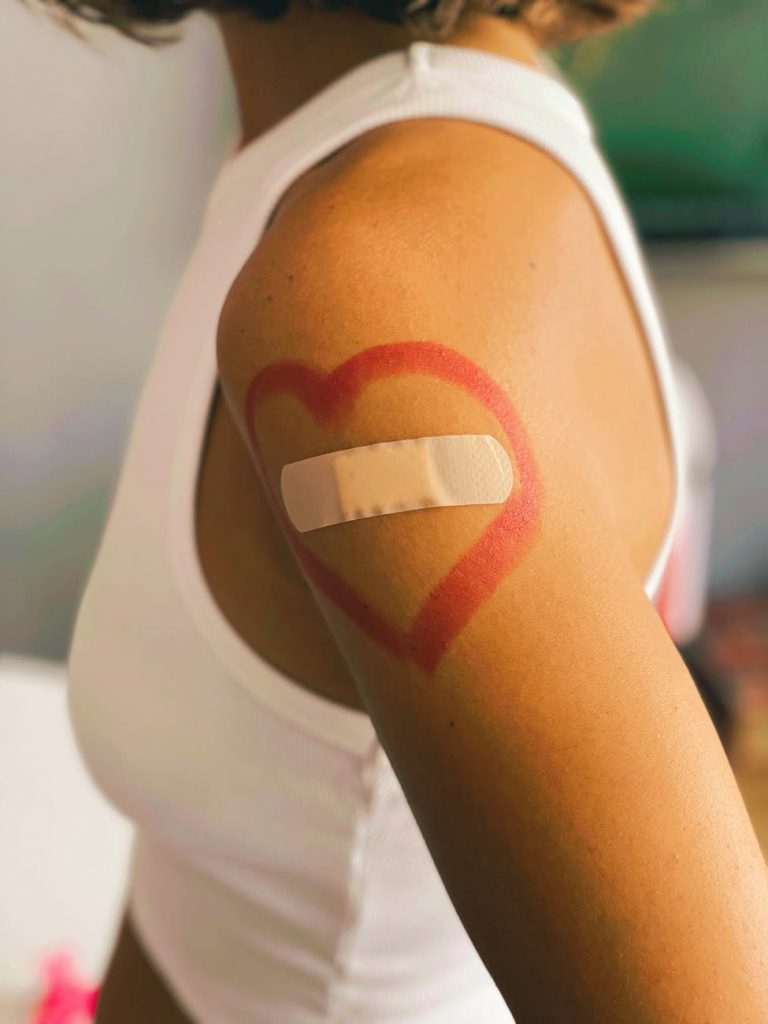
Last evening, an article from Reuters shared by Global News stated that five people who were administered the COVID-19 vaccine from Pfizer and BioNTech SE experienced an adverse allergic reaction after administration1. Given that Pfizer has already sent the first shipment of 2.9 million doses to multiple locations around the USA2, the rate of an allergic reaction to the Pfizer COVID-19 vaccine remains low among takers as of today. Upon reading the article, I nevertheless was intrigued as to what the allergic reaction was and what component of the vaccine was causing it.
The most notable, current side effect from taking the SARS-Cov-2 vaccine is anaphylactic shock. The New York Times yesterday reported that a middle-aged woman in Juneau, Alaska experienced an anaphylactic reaction 10 minutes after receiving the vaccine3. Anaphylactic shock refers to an allergic reaction to something you take (medication, food, insect bites) which leads to a range of symptoms that set in within 15 minutes after exposure. These symptoms include hives, dizziness, rapid heartbeat, and at worst fainting and loss of breathing. While such a response to the vaccine remains rare, this side effect is severe enough for one to consider identifying ways to improve the vaccine’s safety.
The mRNA vaccine from Pfizer – Tozinameran and codenamed BNT162b2 – is comprised of an mRNA molecule from the SARS-Cov-2 genome, four kinds of lipids, and other compounds. The full set of ingredients can be found through this link5. However, the ingredient I want to focus on is ALC-0159. ALC-0159 is a lipid classified as polyethylene glycol (PEG; the full compound name is 2–[(polyethylene glycol) 2000)-N,N-ditetradecylacetamide). The same Reuters article I looked at also stated that Dr. Peter Marks, the director of the FDA’s Center for Biologics Evaluation and Research, posited that this PEG compound could be driving this allergic reaction1.
If you have used cosmetics, taken a laxative, or even made soap bubbles in the bathtub, you likely have used PEG. PEG is a polyether compound that forms a long chain through a repeat in the molecular structure. These long chains are very useful for creating a bubble-like structure to house whatever small molecule you want to deliver into a person. You can see the basic structure of a PEG molecule in the figure at the start of my blog post. There, the compound being repeated is represented by the brackets. The n in that figure represents how many times the structure is repeated. ALC-0159 is the PEG used to create a bubble around the mRNA molecule, the main medical ingredient. Think of ALC-0159 like the package around the mRNA for delivering the vaccine.
A brief review recently accepted for publication described a potential mechanism for PEG’s role in anaphylactic shock4. The idea, which is found on the lone figure in the review, is that PEG binds to antibodies known as IgE. When antibodies such as IgE bind to their targets, they form antibody complexes that can induce downstream responses from the immune system. The IgE complex – when bound to PEG – binds to receptors on basophils. Basophils are a subset of white blood cells that secrete compounds to prevent excessive blood clotting and mediate the allergic response. Upon recognizing the PEG-IgE complex, the basophils then induce the production of histamines, prostaglandins, and proteases. Each of these compounds plays a role in increasing the heart rate and constricting the lungs, the two key symptoms of anaphylactic shock. While the paper cautions that some patients experiencing PEG-driven shock anaphylactic shock do not always have higher IgE levels, the PEG in the SARS-Cov-2 vaccine can induce a highly exaggerated basophilic response.
The review was very illuminating given the recent news releases about a potentially severe side effect when taking the SARS-Cov-2 vaccine from Pfizer. I took a look around Google to see if other vaccine candidates also had a similar coating ingredient. From there, I observed that Moderna’s vaccine also contains a similar PEG compound, polyethylene glycol [PEG] 2000 dimyristoyl glycerol6. It should be interesting to see whether patients taking the Moderna vaccine also encounter anaphylactic shocks at a similar rate as those taking the Pfizer vaccine.
I hope you enjoyed this latest blog post! As the fall semester winds down I found out that I won’t be a teaching assistant for the winter semester. This means I will have more time to update my blogs more regularly. In fact, my next post will feature a very special guest. Stay tuned in the next week or so to learn more!
References
- Global News, taken from Reuters. December 18th 2020. https://globalnews.ca/news/7532645/coronavirus-pfizer-vaccine-us-allergic/
- Matza, M. BBC News. December 15th 2020. https://www.bbc.com/news/world-us-canada-55149138
- The New York Times. Dececmber 16th 2020. https://www.nytimes.com/2020/12/16/health/covid-pfizer-vaccine-allergic-reaction.html
- Cabanillas, B., Akdis, C., and Novak, N. (2020). Allergic reactions to the first COVID-19 vaccine: a potential role of Polyethylene glycol? Allergy.
- Government of UK. (2020). https://assets.publishing.service.gov.uk/government/uploads/system/uploads/attachment_data/file/943417/Information_for_healthcare_professionals.pdf
- FDA. (2020). https://www.fda.gov/media/144638/download

